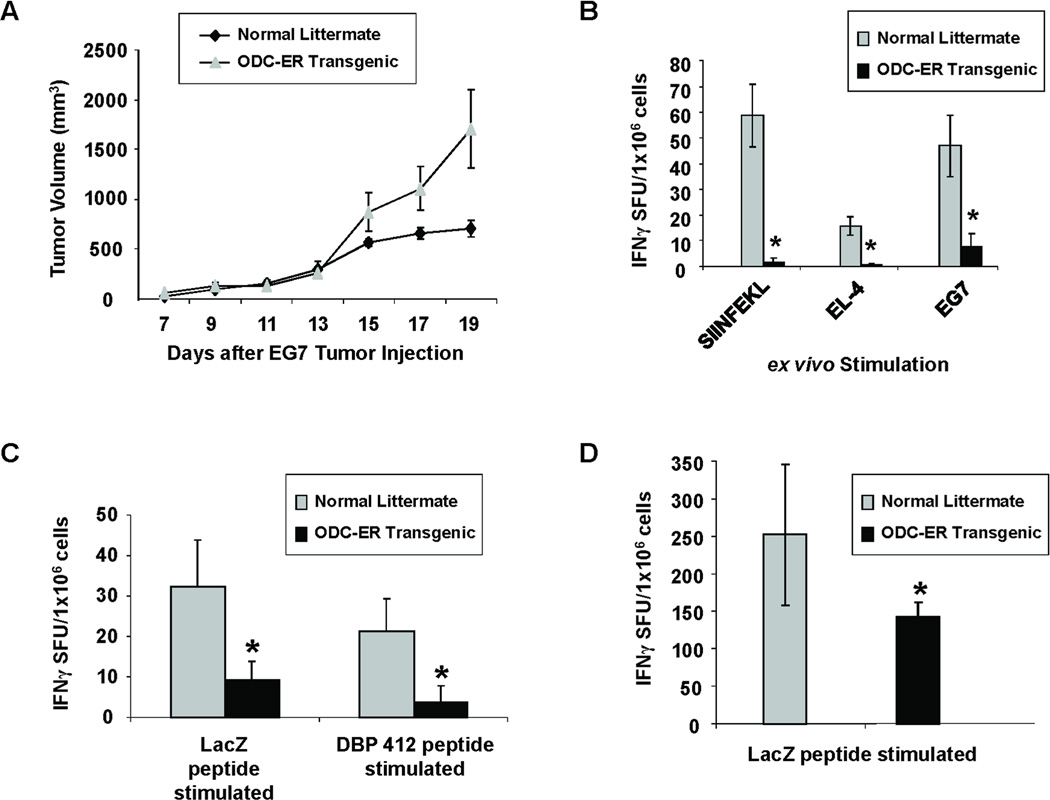Fig. 1. Activation of antigen-specific T cells is suppressed in ODC-ER transgenic mice.
ODC-ER.B6 transgenic mice and their normal littermates were s.c. injected with 1 × 106 EG7 cells in their lower dorsal flank. A) Tumor volumes of mice bearing EG7 tumors (n = 5 mice/group; mean volume per time point ± SEM).
B) Splenocytes from EG7 tumor-bearing mice adoptively transferred with wild-type C57BL/6 CD8+ T cells were stimulated with SIINFEKL or irradiated OVA-expressing EG7 cells or parental EL-4 tumor cells. The frequency of IFNγ-producing T cells was measured by the ELISpot assay. Results are given as mean ± SD (n = 5 mice/group). *, P < 0.01 vs splenocytes from normal littermate mice (t-test). C) ODC-ER.Balb transgenic mice and their normal littermates (n = 5 mice/group) were immunized by intradermal injection with adenovirus encoding the LacZ peptide, and the LacZ-specific response of splenocytes was evaluated 14 days after immunization in an IFN-γ ELISPOT assay. *, P < 0.01 vs splenocytes from immunized normal littermate mice (t-test). D) ODC-ER.Balb transgenic mice and their normal littermates (n = 5 mice/group) were intradermally injected in their lower dorsal flank with 5 × 105 CT26.CL25 tumor cells expressing LacZ antigen. Eleven days after tumor cell injection, the LacZ-specific response of splenocytes was evaluated in an IFN-γ ELISPOT assay. *, P < 0.01 vs splenocytes from normal littermate mice (t-test).

